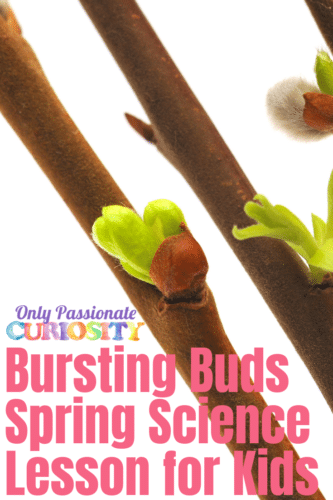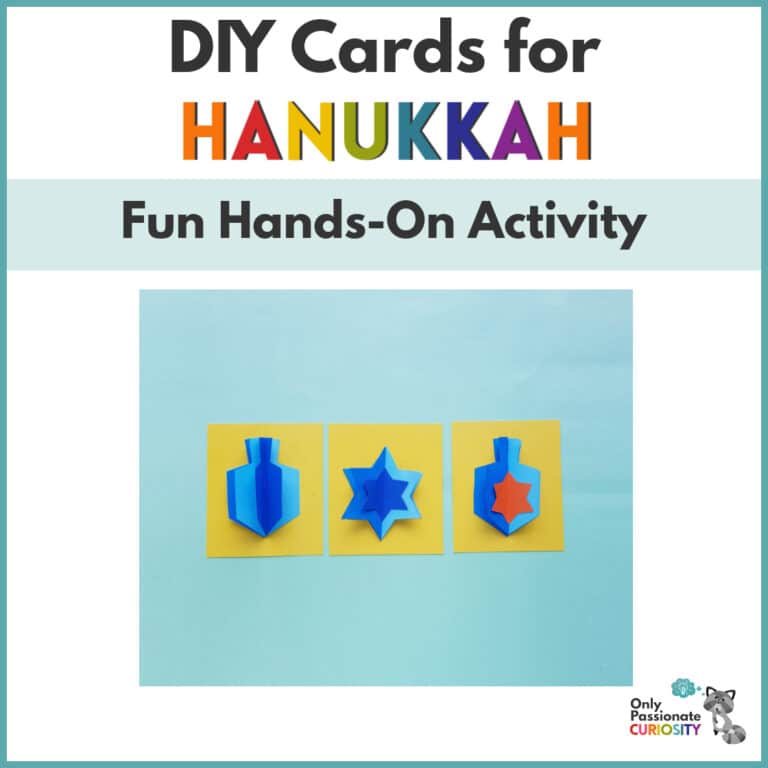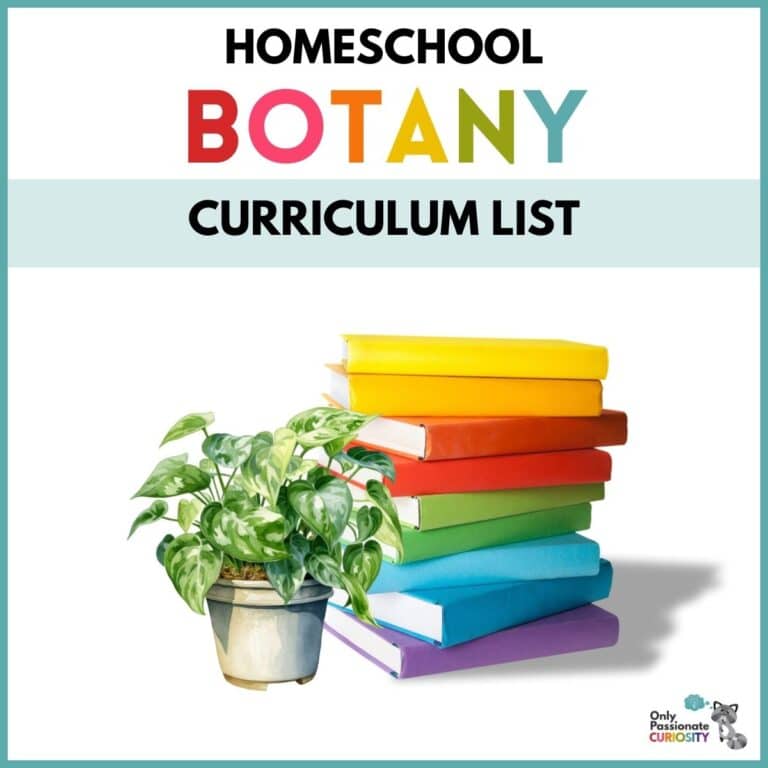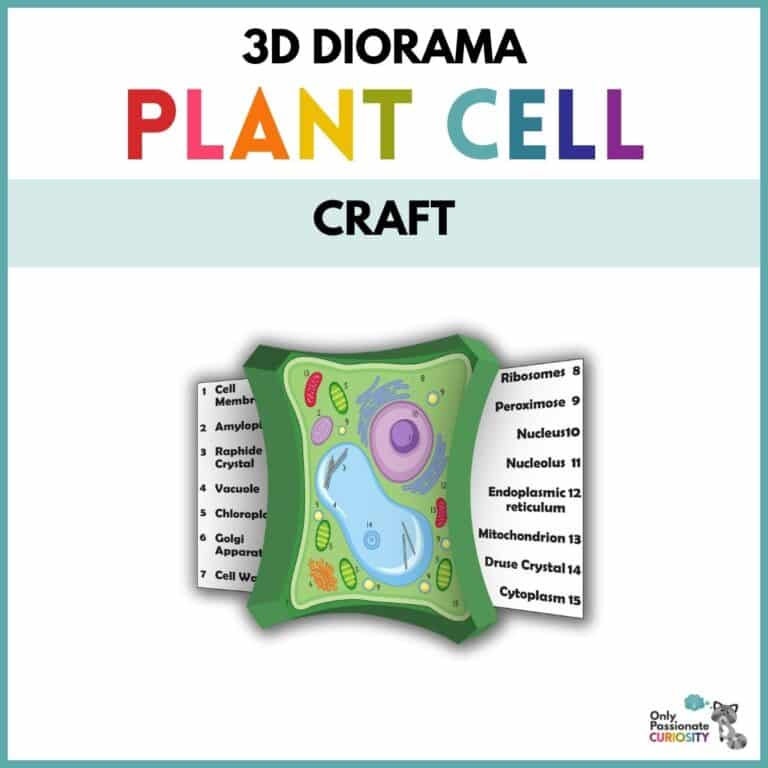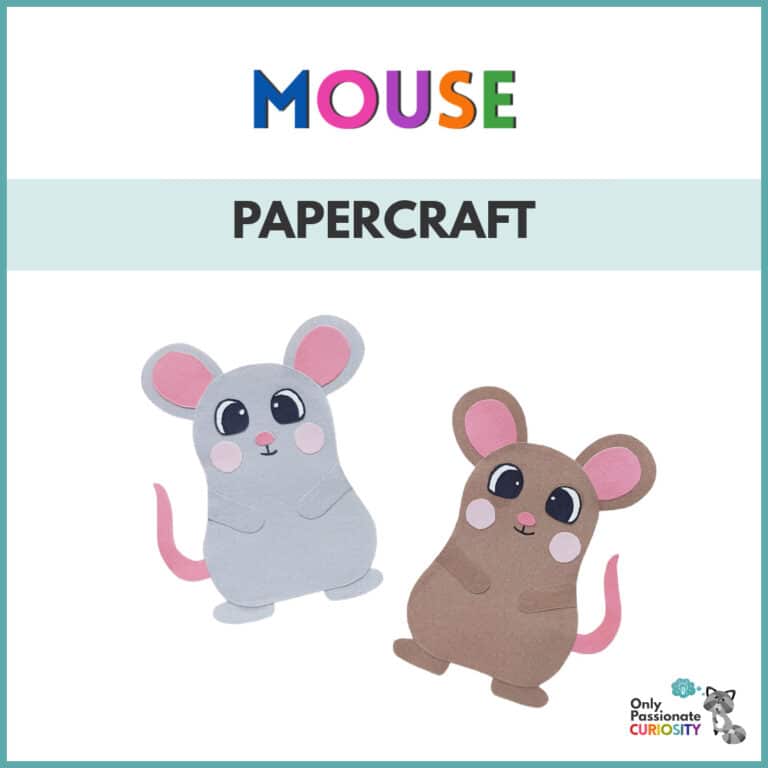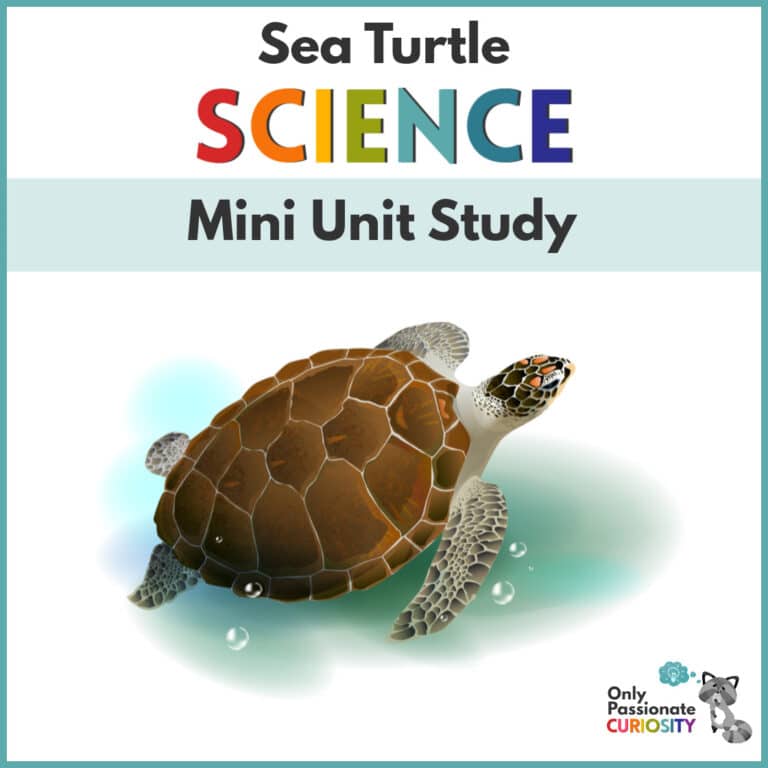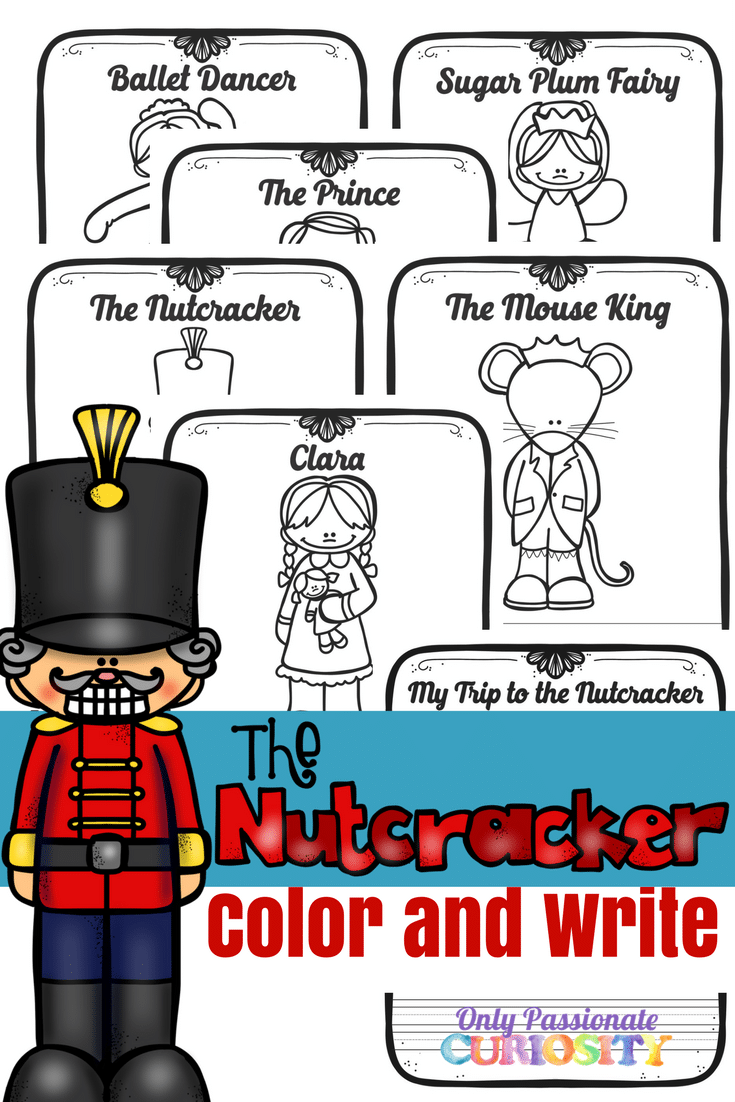Bursting Buds Spring Science Project
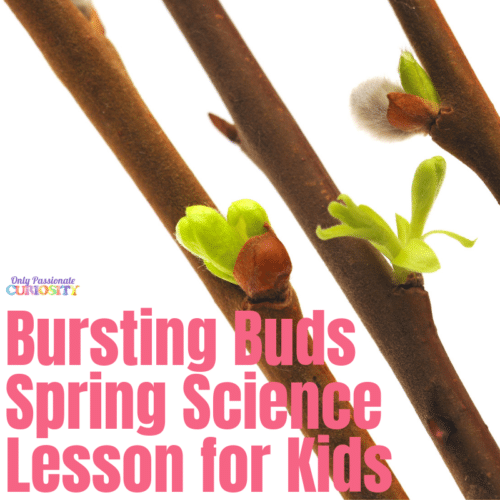
After a white winter, the greens of spring are always a welcome change. It is interesting to observe just when the change from winter to spring happens. Did you know there is a whole field of science devoted to the timing of biological events like flowering, leafing, migration, and hibernation? It is called phenology, and it is a very valuable way for us to understand how changes in our environment affect the plants, animals and ultimately us!
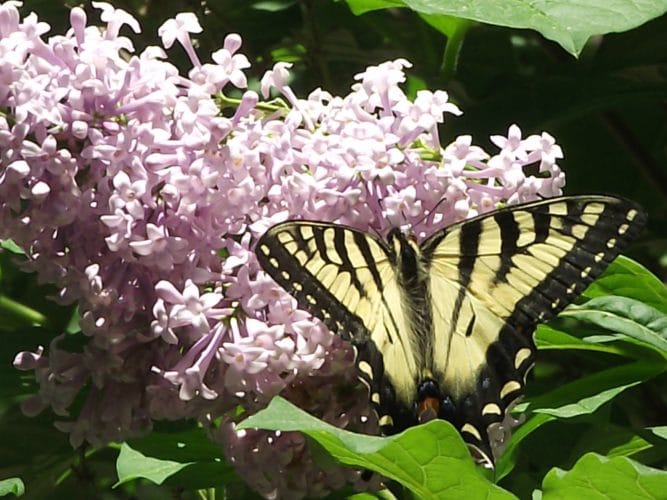
Develop a Sense of Place with Science
Tracking seasonal changes where you live, whether it is rural or urban, permanent or temporary, can foster children’s sense of place and deepen their ability to observe and notice their surroundings. An added bonus is that there are many citizen science projects that kids can contribute their observed data to, making observations of your local flora and fauna a way to contribute to professional science studies.
A great way to begin studying phenology in terms of plants is to observe the buds on trees and shrubs in the early spring. Set up a dedicated observation notebook, bring along some supplies like colored pencils to make a sketch, or a ruler to take some measurements. Find a comfortable outdoor place that is easy for you to get to, whether it is your yard, or nearby park or playground. Frequent this location throughout the early spring months and take a few minutes to observe flower and leaf buds each time.
Allow kids to make their own observations, but also guide them by asking things like:
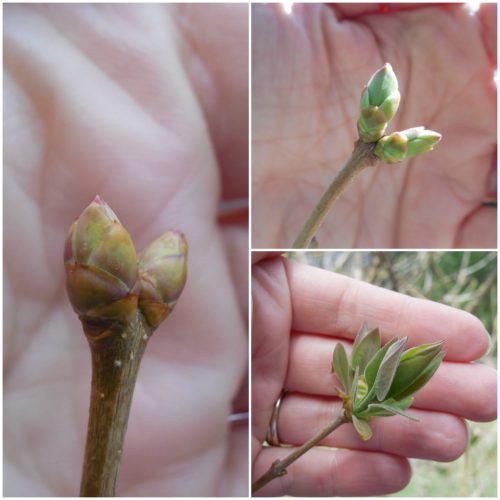
- Do you notice the different parts of the bud?
- Do you think this bud will be a leaf or a flower?
- How many days did it take the bud to completely open?
- What has the weather been like? Do you think this has affected the bud’s opening?
- What is this plant? (Bring a field guide or use a digital identification app.)
- What other animals are dependent on this plant? (Research and find out!)
- How does a plant’s life cycle affect the life cycles of birds and insects?
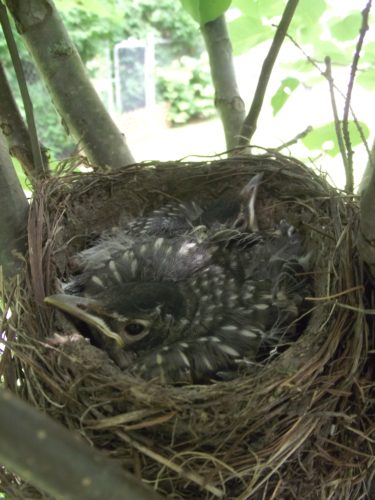
Integrate Across the Curriculum
Tie these observations into relevant parts of the rest of your curriculum. Link to language arts by requiring a certain type of writing to go along with the observations. Have students work on their descriptive vocabulary, create a story about the wildlife and people that interact with the plant, write a letter to a friend who lives in a different area about the seasonal changes to the local environment, etc.
Bring some math in by having students measure the length of different buds and finding averages, mean, median, mode and range. Graph results over time. Measure temperature and record it each time you observe. Research day length and keep track of that along with the bud observations. Correlate the observations of when buds open with temperature and amount of daylight.

Become a Citizen Scientist
Citizen science projects are collaborations between citizens and the professional science community. There are many kid-friendly ways to get involved with citizen science including Project BudBurst, a phenology project collecting data on when buds open in the spring. You can learn about many opportunities for getting kids involved in citizen science, including Project BudBurst, here.
Another wonderful introduction to citizen science is Loree Griffin Burns picture book: Citizen Scientists: Be a Part of Scientific Discovery from Your Own Backyard that you can find on Amazon or at your local library. It outlines some engaging citizen science projects in a kid-friendly way.
Flower Studies
Once your children and students have become a little closer to nature and the magical changes spring brings, you can extend their learning by exploring flowers, learning the life cycle of other plants and animals, investigating metamorphosis, and migration.



